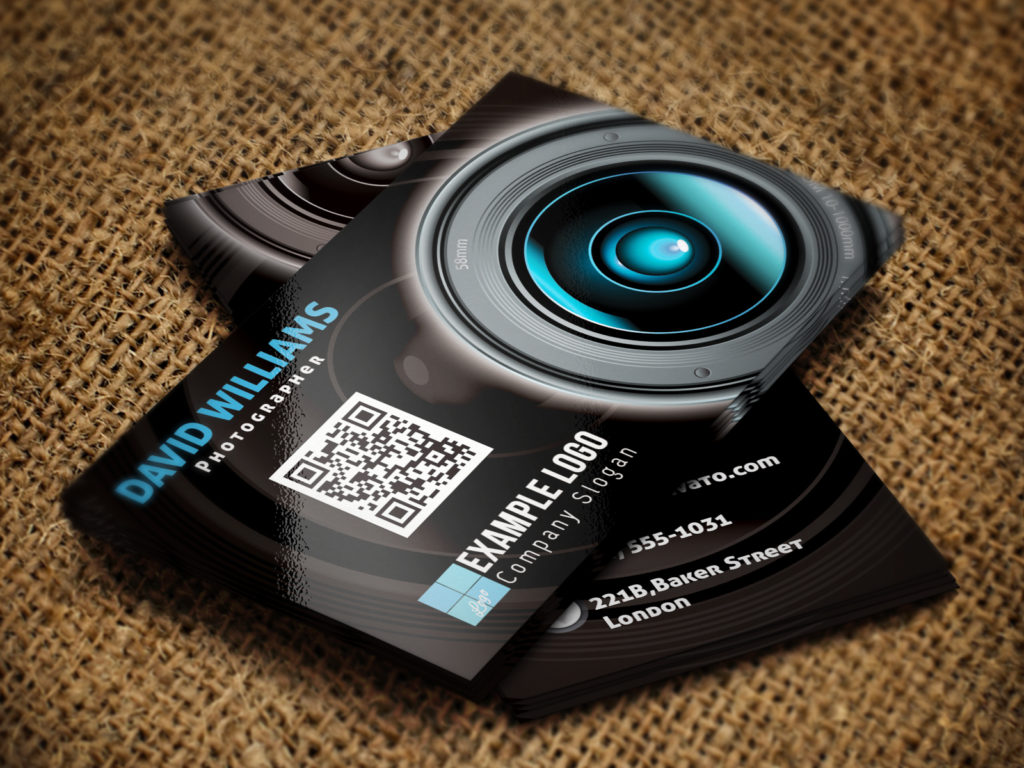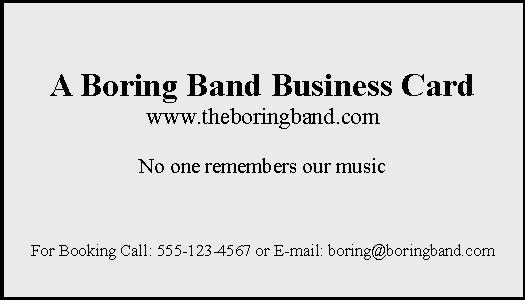Accept or Decline: How to Decide if a Job Offer is Right for You
After weeks (or maybe months) of job searching, you’ve become a pro at finding the names of hiring managers, writing personalized cover letters, and, of course, mastering the interview process. And then it happens: You’ve just been offered the job.
Congratulations! That was the hard part, right? Maybe not. On two separate occasions, I had multiple job offers so determining whether to accept a job can be just as challenging.
In today’s economy, many workers spend five years or less in a job. Being able to evaluate whether a prospective job offer is a good fit for your immediate and long-term professional goals is critical.
Ultimately, I have either turned down great jobs or accepted the wrong job for a myriad of reasons – some good, some bad. When evaluating a job offer, you need to keep the following in mind:
Research the company and the position.
During the interview process, ask questions about the company’s future direction and its corporate culture to assess whether working there will be a good fit for your professional goals. If you’re on the fence after receiving the offer, you may want some time to think it over then go with your gut. If you have a bad gut feeling about a job offer, you shouldn’t ignore it.
Be realistic about your prospects.
If you know you are a final round candidate for multiple jobs at once, you’ve got some flexibility when it comes to making a decision. However, if you only have one offer on the table, it can be difficult to compare with other possibilities. If you’ve been out of work for a while, you may not be in a position to hold out for a better offer that may never come.
There is no “dream” or “perfect” position.
No job will ever be perfect. Whether it’s an annoying co-worker or a long commute, there’s a downside to just about every job. As objectively as possible, weigh the pros and cons of accepting this new position. If the salary is not as high as you were expecting, will you be learning a new, valuable skill or significantly expanding your professional contact base that could offset a lower salary? If the commute is longer than you want, are there opportunities for telecommuting or flexible hours? Talk to the hiring manager about how you can shape the job to better match your professional and personal needs.
Never take a job out of desperation.
I know all too well about taking a job out of desperation just to get back to work. If you do end up in the wrong place and want to leave again fairly quickly, you’ll now have a pattern that makes you look like a job hopper. It also means you could end up in a job that you’re not good at and get fired from. Then you’re unemployed, with a firing to explain, and an unhelpful reference from your most recent employer. That’s inflicting a lot of damage on yourself just to get out of a bad job a little more quickly.
You need to be wary of “rose-tinted spectacles” you might wear if you are unemployed or have been searching for a long time. Instead of talking yourself into something, you may want to explore other alternatives like accepting the job for a short-term period, while you look elsewhere. If that’s not possible and you really need the job, know the risks. Many people underestimate the impact of switching jobs and what it does to your client relationships, network, and prospects.
Whether it’s a mismatch in company culture or lack of professional challenge, don’t be afraid to walk away from a job offer that just doesn’t fit your needs. If you feel like you’re taking a job out of desperation, you may resent the position and ultimately underperform. As stated above, this could damage your industry reputation and hurt your candidacy for future positions. It’s better to be honest with the hiring manager about why you are declining the position than accept a job that ultimately will make you – and everyone around you – miserable.
There is a downside to this. The honest truth is there are times when you’ll have to take any job you can get, even if you know it’s a bad fit. Maybe your house is about to be foreclosed on, you can’t make rent, or you have a family depending on you for income. There will be times when finding ANY job is a priority over the PERFECT job.
Have you ever walked away from a job offer?


 Contrary to popular belief, research has shown that the business card is far from waning. Business cards may be small, but their impact is huge. A business card plays an important part in making a lasting impression upon those you do business with. In fact, business cards are evolving in style and design and catering to the needs of entrepreneurs. Research has also shown that a large majority of people still hand out business cards and people on the receiving end still find them useful.
Contrary to popular belief, research has shown that the business card is far from waning. Business cards may be small, but their impact is huge. A business card plays an important part in making a lasting impression upon those you do business with. In fact, business cards are evolving in style and design and catering to the needs of entrepreneurs. Research has also shown that a large majority of people still hand out business cards and people on the receiving end still find them useful. because the traditional white may look boring. Your ultimate aim should be making your card look attractive and unique.
because the traditional white may look boring. Your ultimate aim should be making your card look attractive and unique.